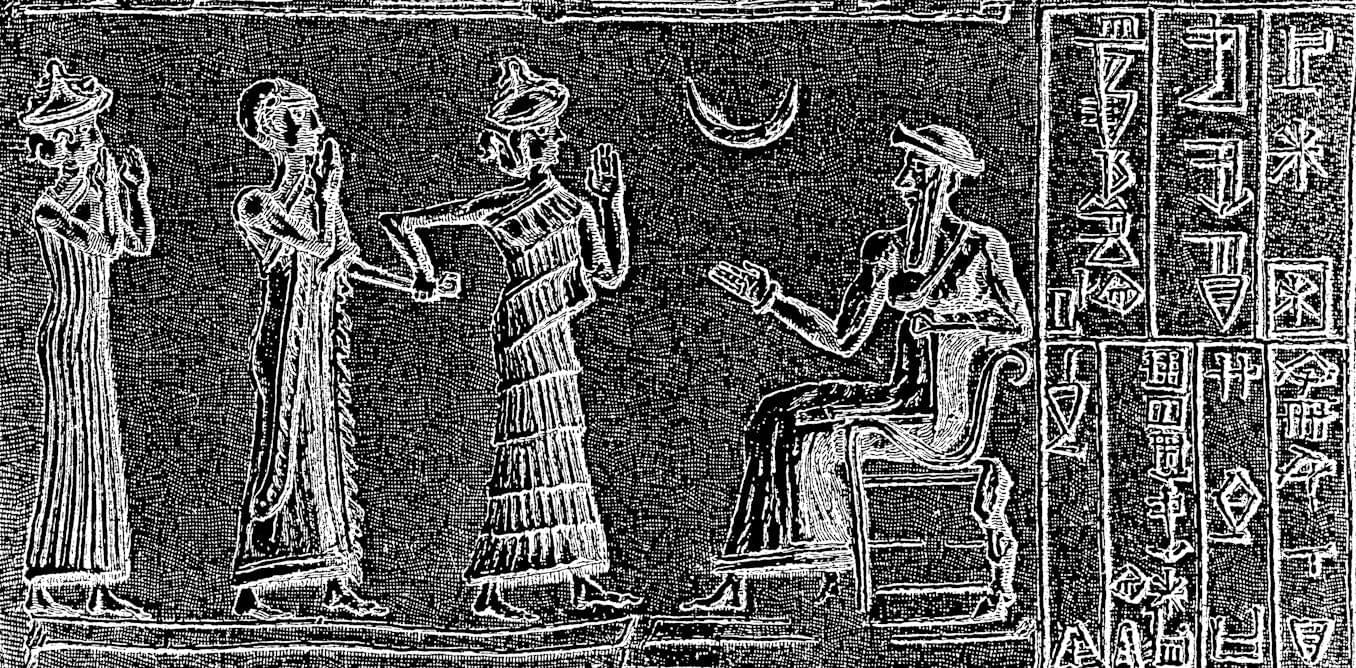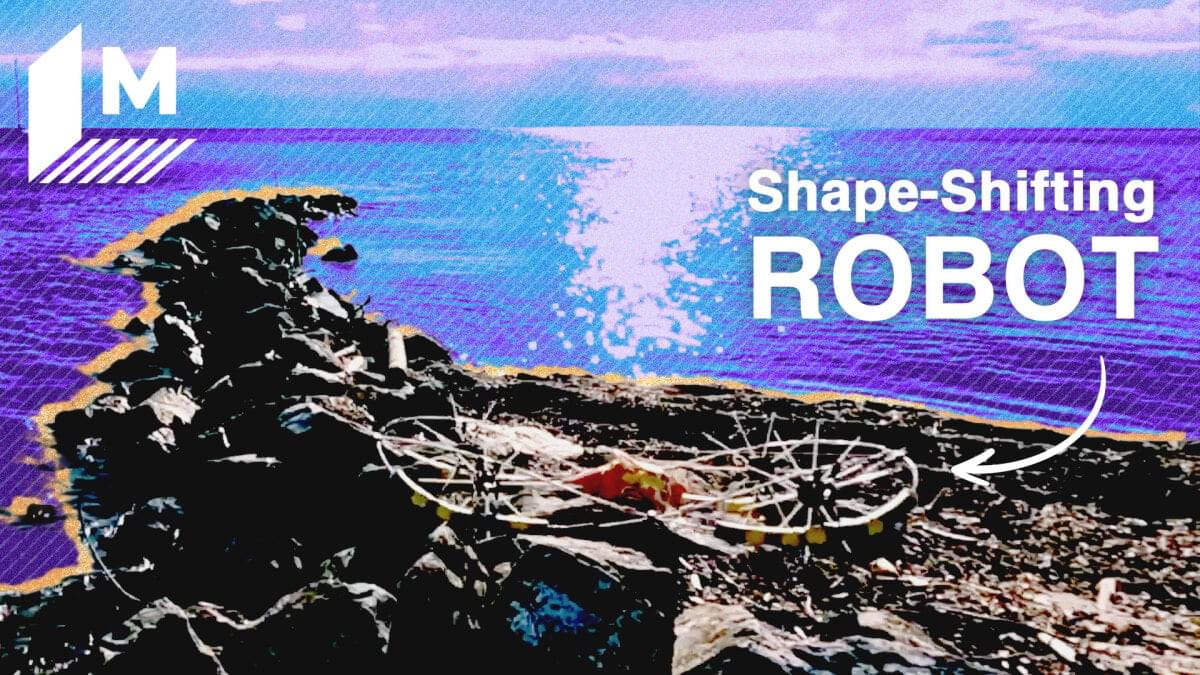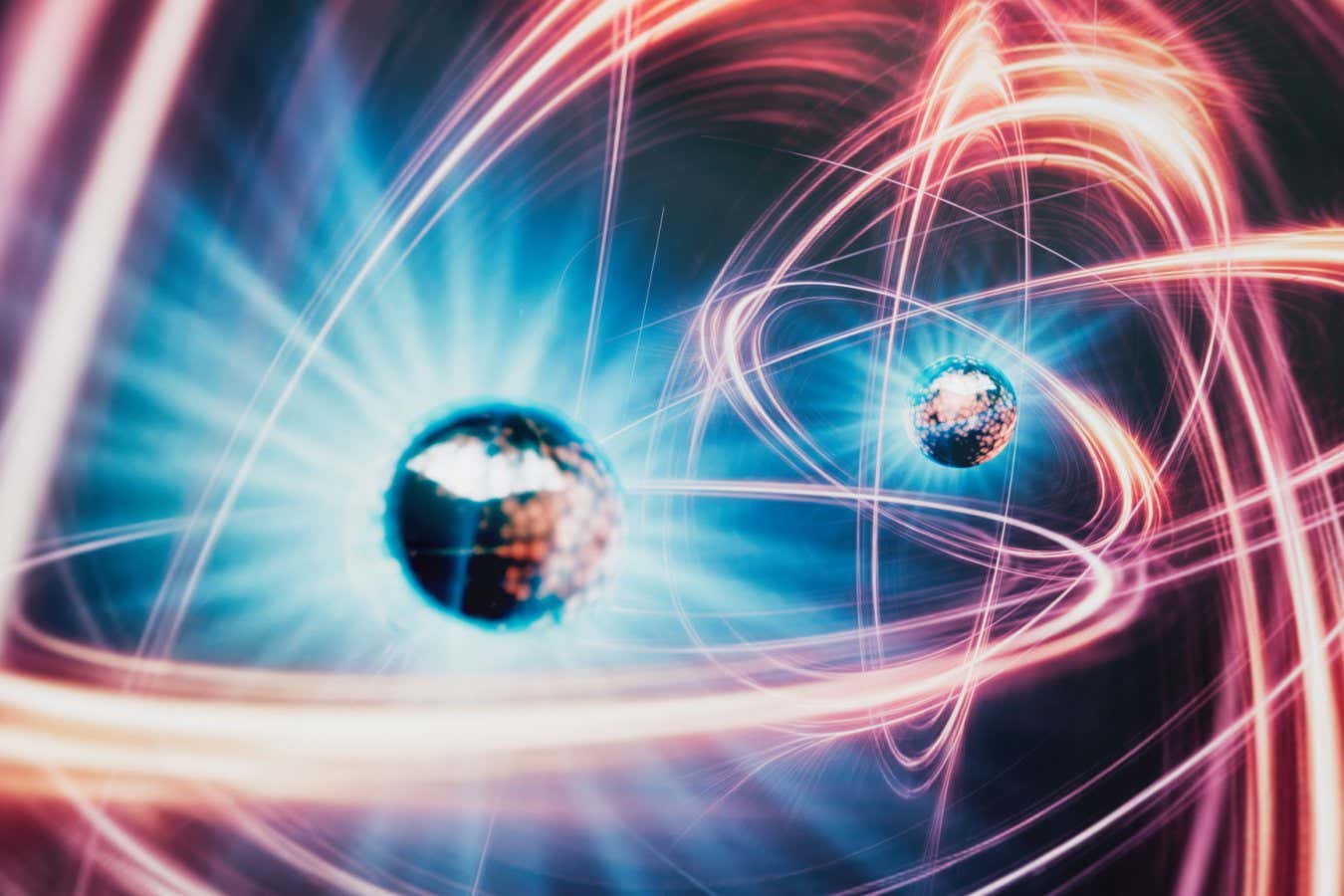Curious Kids is a series for children of all ages. If you have a question you’d like an expert to answer, send it to [email protected].


Curious Kids is a series for children of all ages. If you have a question you’d like an expert to answer, send it to [email protected].




In the realm of science fiction, Dyson spheres and ringworlds have been staples for decades. But it is well known that the simplest designs are unstable against gravitational forces and would thus be torn apart. Now a scientist from Scotland, UK has shown that certain configurations of these objects near a two-mass system can be stable against such fractures. The work is published in the journal Monthly Notices of the Royal Astronomical Society.




The race among quantum computers is full of higher number of qubits and error correction rates. But what problems that need solving now?